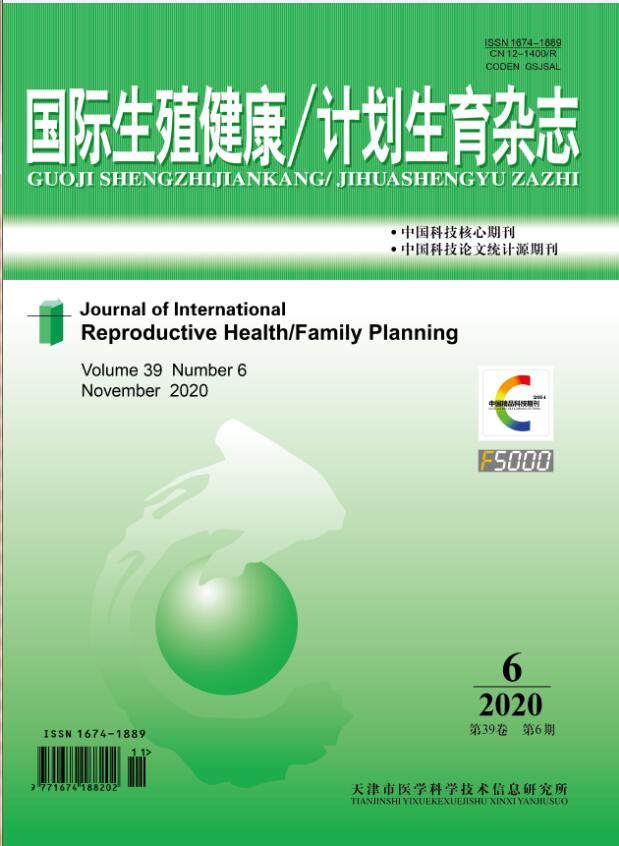|
|
Cesarean Scar Pregnancy:New Analysis on Chinese Literatures
LUO Wen-xiang;ZHANG Hong-hui;CUI Xiang-hua;SUN Chao;SUN Yan;ZHU Li-juan;WANG Ai-li;SHI Li-fang;CHEN Jin-chan;YANG Xiu-lan;LIU Jie-na;ZHANG Jian
2016, 35 (2):
113-117.
Objective:To understand the present situation of cesarean scar pregnancy (CSP) in China. Methods:The WANFANG database was used to search all Chinese literatures on the CSP from 1982 to 2015 by the key words as "scar pregnancy", "pregnancy at the scar", "incision pregnancy" or all kinds of the Chinese expressions of "scar pregnancy", and by the search strategy as "cross-database search" and "all the journals". Statistical analysis was based on multiple parameters, including the province (or municipality), the year of publication, the rank of hospital, and the related complications. Results:①There were a total of 4 281 articles on CSP and 114 571 cases. Thirty provinces (or municipalities) were involved, including the top 5 provinces of Guangdong, Henan, Zhejiang, Jiangsu and Hubei; and the last 5 provinces of Xinjiang, Hainan, Ningxia, Gansu and Qinghai. ② The article on CPS was firstly published in 1999. The number of literatures and the number of cases were increased year by year. ③The numbers of literatures were 59.87%, 30.69%, 2.50%, 1.38% and 5.56%; the numbers of cases 60.03%, 30.93%, 2.41%, 1.20% and 5.43%, in five ranks of hospitals: tertiary hospital, secondary hospital, primary hospital, other medical institution like the family planning guidance and service center, and other unasserted hospital. ④The numbers of cases of CSP at the early stage, the middle stage and the late stage of pregnancy were 98.70% , 0.60% and 0.70% , respectively. The incidences of abnormal placenta, abnormal pregnancy and other complications were 0.91%, 0.04% and 0.01%. Thirteen cases (0.01%) of IVF-ET were recorded. Conclusions:①There was a possible regional characteristic on the CSP in China. ② CSP showed a rapid increasing trend year by year. ③The fundamental measures to prevent or reduce CSP include preferably understanding the potential serious complications of CSP after cesarean section, strictly mastering the indication of cesarean section and controlling the rate of cesarean section.
Related Articles |
Metrics
|

